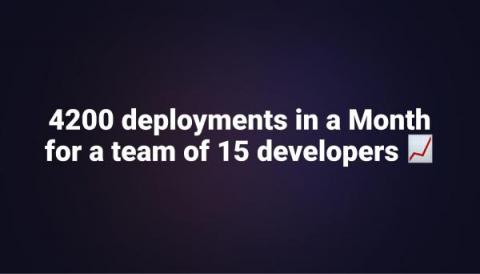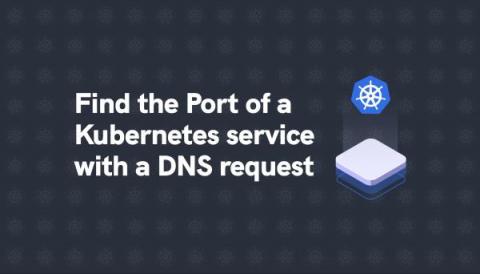Should you use Kubernetes for your Startup?
Developers love containers for their portability and flexibility. Suitable for today’s cloud-native environment and agile development requirements, containers make it super-fast to develop, test, and run applications. Besides this, they are lightweight and can optimize the platform (and the host OS) they are deployed on. Now, for powerful applications with hundreds of containers, the platform should also be portable, flexible, extensible, and efficient.











